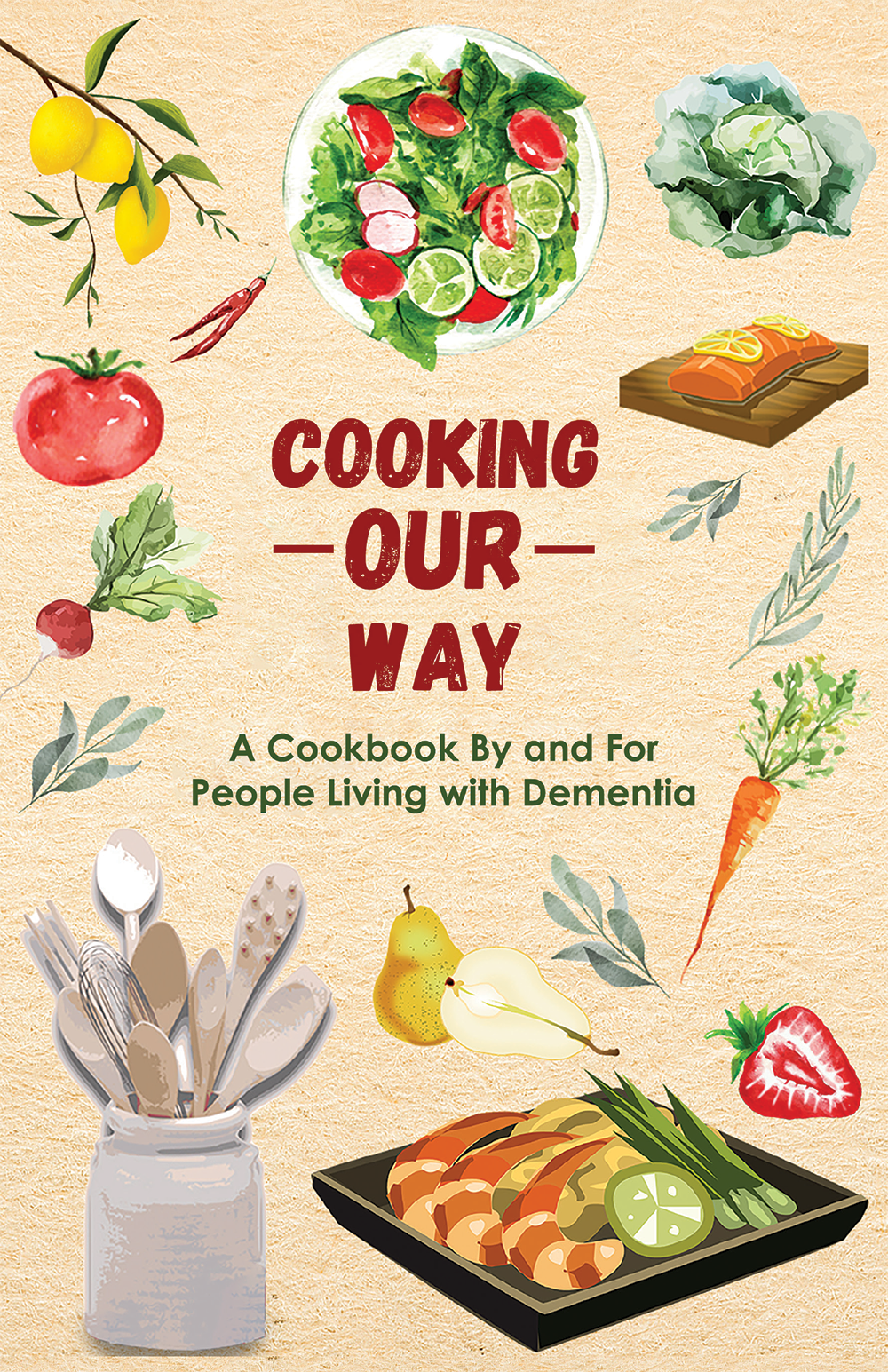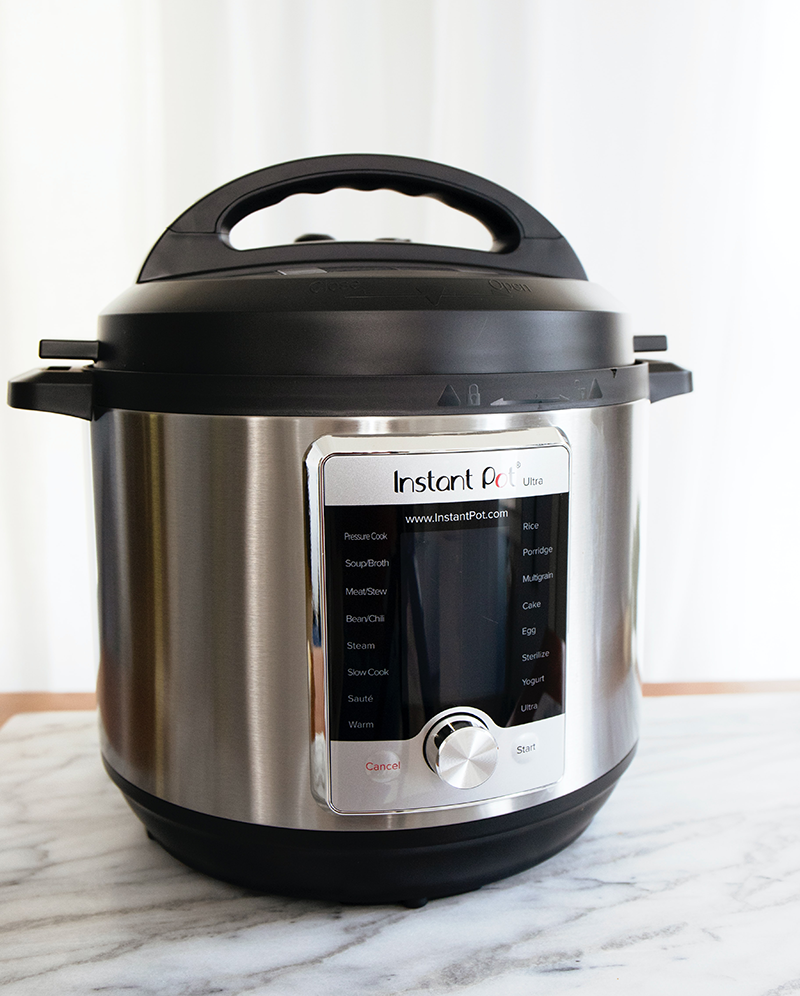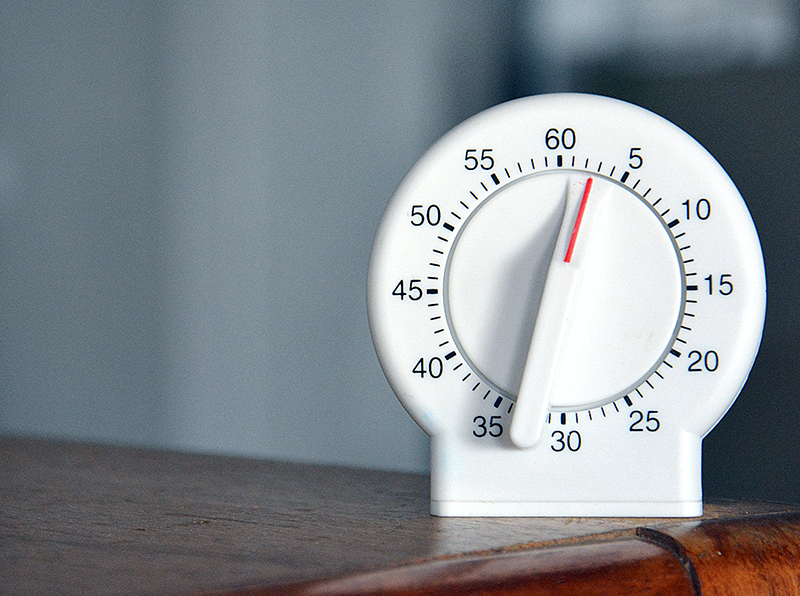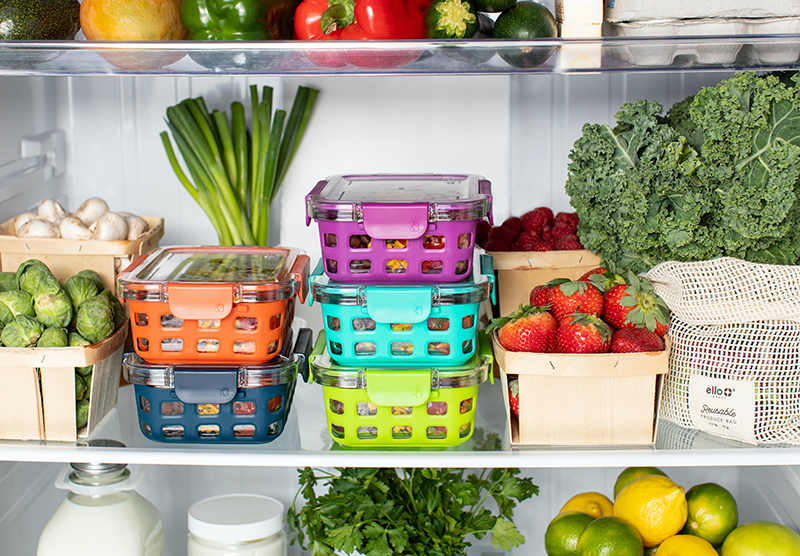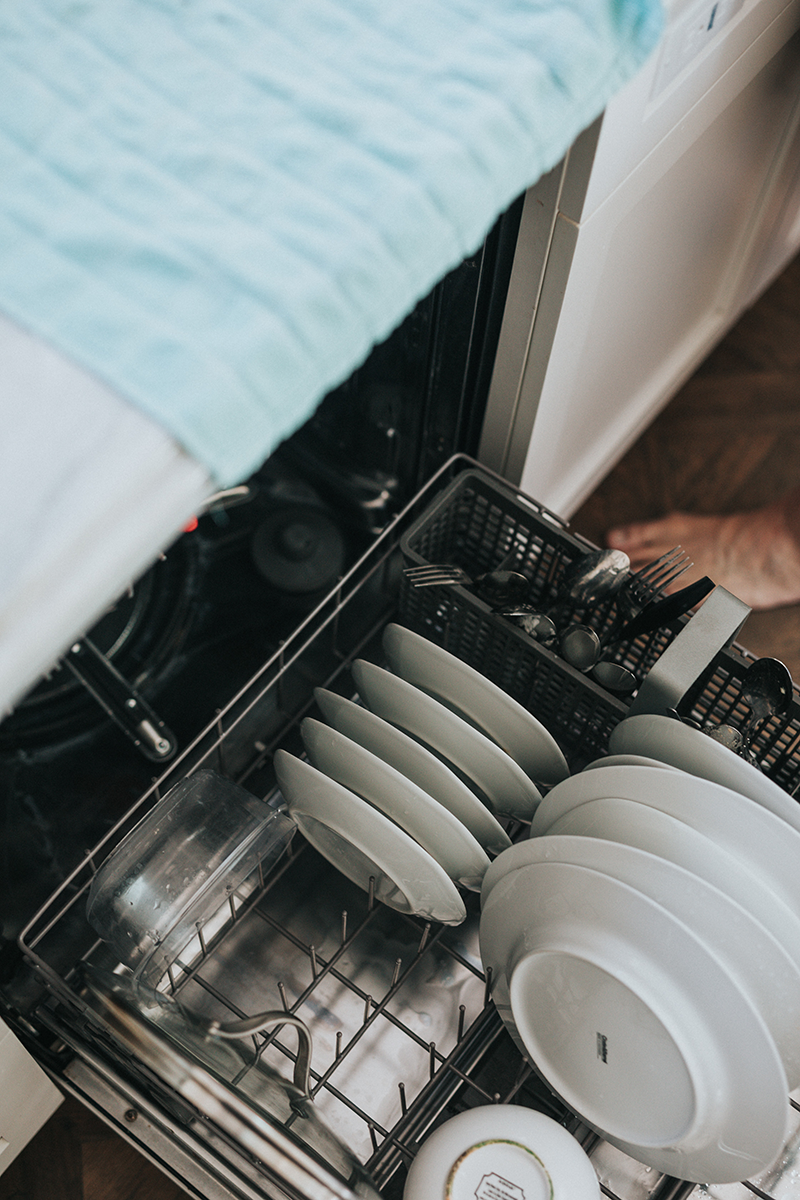
We are pleased to share some of our tips to create “A Recipe for Success in the Kitchen.” One or more of us has found each of these tips helpful and we hope that you do too. Maybe one of our ideas will help you generate an idea of your own that helps you continue to experience success in the kitchen.
Dementia Minds is also proud to be project partners in the development of “Cooking Our Way: A Cookbook By and For People Living with Dementia.”
Click here for a PDF copy of the cookbook.
Click here to order a print copy of the cookbook.
Scroll to the bottom of this page to watch portions of our video discussion as we identified the tips we have prepared for you.
